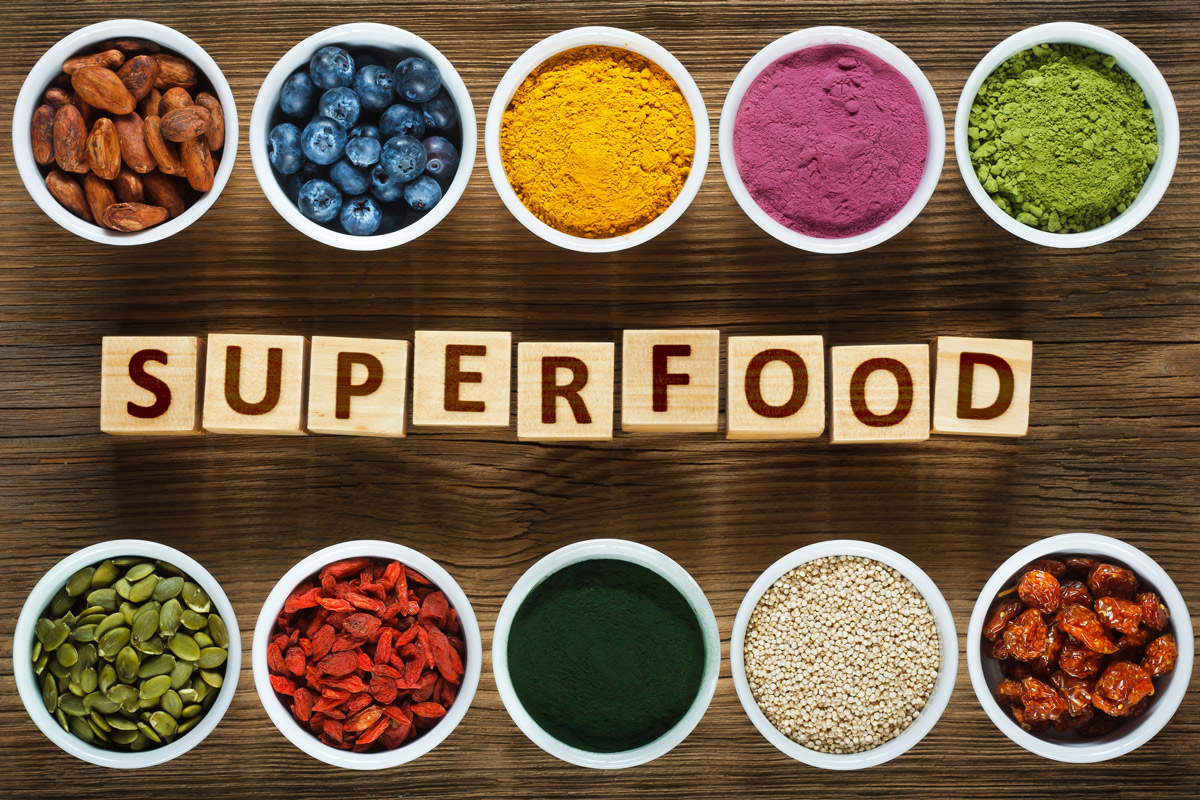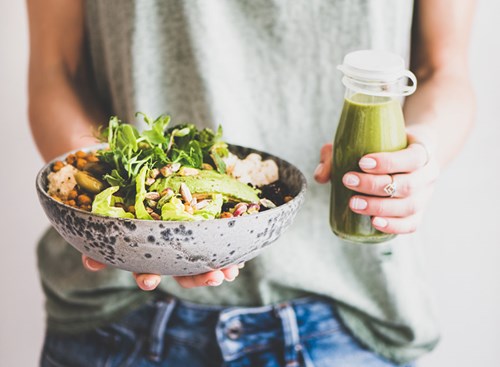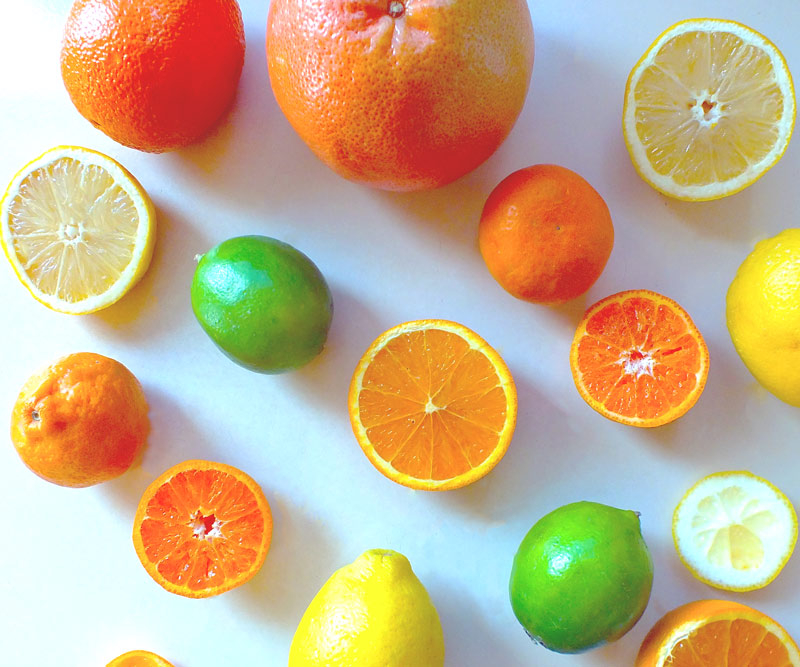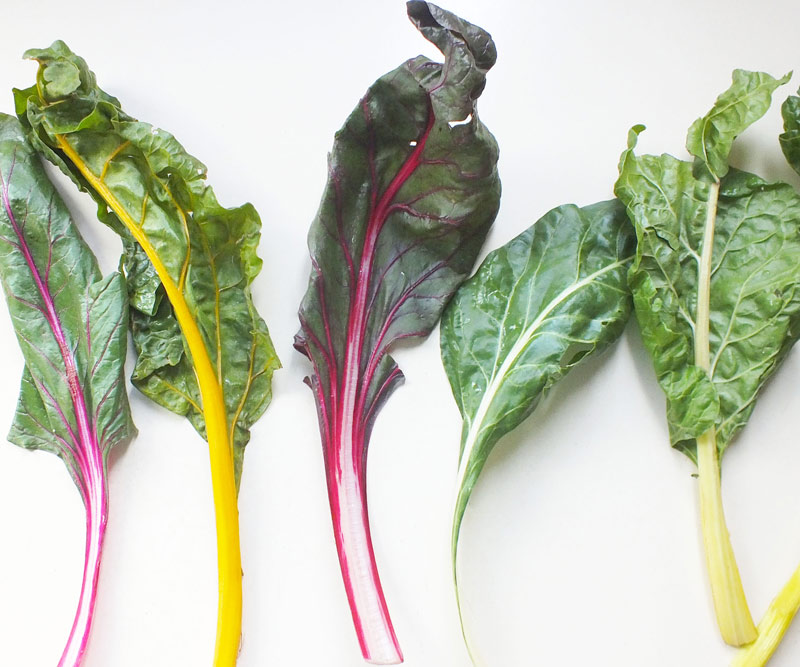
The Power Behind Popular Superfoods
It seems like every day some new “superfood” pops up on the grocery store shelves, touting claims of increased health and decreased waistlines.
But are these foods – often from exotic locations and with hard-to-pronounce names – really all they’re cracked up to be? Or, are these supposed powerhouses really just “so-so foods” in disguise?
Here is a rundown of some popular superfoods currently making headlines:
- Chia Seeds – Not just for Cha-cha-cha-Chia Pets anymore, these tiny seeds are a rich source of fiber, which helps with appetite control and digestive health. Chia seeds also are a rich source of omega-3 fatty acids – healthy fats that play a key role in brain function and heart health.
- Acai – These brilliantly purple berries hail from Brazil and are loaded with antioxidants, good-for-you fats and amino acids, which help reduce inflammation, improve blood sugar control and are said to even have anti-aging benefits. While acai pulp and juice are available at most grocery or health-food stores, better options are the frozen or dried varieties, which are picked and frozen/dried at the berries’ peak ripeness. Just make sure to check the nutrition label to avoid products with added sugar.
- Flaxseed – Also called linseeds, flaxseeds can be reddish-brown or yellowish-gold in color and are chock-full of omega-3 fatty acids and fiber. They also are rich in lignans, compounds that appear to provide extra protection against many types of cancer.
- Seaweed – Hawaii residents are no strangers to how ono (delicious) nori, kombu and wakame are, but it turns out seaweed is among the most nutritious foods on the planet, thanks to its hefty helping of vitamins A, B-6 and C, as well as iodine and fiber.
- Quinoa – However you say it, this often-mispronounced seed is a nutritional superstar. One cooked cup of quinoa provides 5 grams of fiber and 8 grams of protein, both of which help keep your blood sugar levels and appetite under control. It also contains high amounts in phytonutrients and flavonoids – great for fighting cancer – as well as nutrients like manganese, magnesium, tryptophan, folate and phosphorus, all essential in keeping body cells and processes working. And for the record, it’s pronounced keen-wah.
- Nutritional Yeast – Significantly different from the yeast used in making baguettes and beer, nutritional yeast is yeast that has been deactivated (i.e., it is no longer living) – but that doesn’t mean it’s lacking in nutrition. Two rounded tablespoons of nutritional yeast fulfill an adult’s daily recommended allowance of vitamin B-12, a vitamin that primarily occurs in animal-derived foods. The same serving size also provides 5 grams of fiber and 10 grams of protein, making nutritional yeast a great alternative for vegetarians, vegans or those watching their meat consumption.
- Hemp Seeds – These nutty-tasting seeds are similar to chia and flax seeds in that they are rich in omega-3 fats, but a single tablespoon of hemp seeds provides a whopping 3.5 grams of protein, making it an excellent addition to salads, smoothies, baked goods and casseroles.
- Maca Powder – Maca powder comes from a Peruvian root vegetable and is a rich source of B-vitamins; vitamins C, D and E; and iron, copper and potassium. It is believed that maca powder also promotes energy, stamina and fertility, but more research into the claims is needed.
- Aloe Vera – Best known locally as a home remedy for burns and cuts, aloe vera (specifically its juice) also may help improve blood sugar control in people with type 2 diabetes. The bitter-tasting liquid can stimulate bowel movements, while aloe vera extract may be helpful in reducing liver damage associated with alcohol abuse. Aloe gel also may reduce oral bacteria, helping to protect against dental cavities, but more research is needed.
- Goji Berries – Said to protect against everything from high blood pressure to diabetes, eye problems and early death, goji berries pack a large amount of antioxidants and fiber into a little package. However, better-known berries like blueberries, raspberries and strawberries supply similar benefits, and the jury is still out on many of the health claims surrounding goji berries; plus, goji berries can be hard to track down and often carry a high price tag.
- Kombucha – This fermented tea is believed to aid digestive problems, hair loss, fungal infections, insomnia and even cancer, thanks to the probiotics formed during fermentation. However, excessive kombucha intake has been linked with complications, including some deaths, so sip in moderation just to be safe.
- Cacao – Most people have heard that cocoa products are a good source of antioxidant-rich compounds, but that doesn’t include the chocolate used to make candy bars, ice cream or cupcakes. Cacao is devoid of the added sugars and high-fat cream of processed chocolate, meaning it tastes rather bitter. However, the benefits of natural cacao include improved blood pressure and a lowered risk for heart disease, so opt for dark or raw chocolate made with at least 70 percent pure cocoa, or sneak cacao into other foods like smoothies, oatmeal and yogurt to reap its full benefits.
Whether you choose to incorporate superfoods into your lifestyle or stick to garden-variety fare, remember: Nothing can replace a healthy diet and lifestyle.
The best way to stay healthy and fight disease is to stay active, maintain a healthy weight and eat nutritious foods.
Our bodies process and assimilate nutrients best when they come from whole, fresh foods, rather than nutritional supplements. Think brightly colored fruits and vegetables and whole grains – these are all superfoods, each providing a unique combination of essential nutrients needed to power health!

Published on: January 12, 2015




